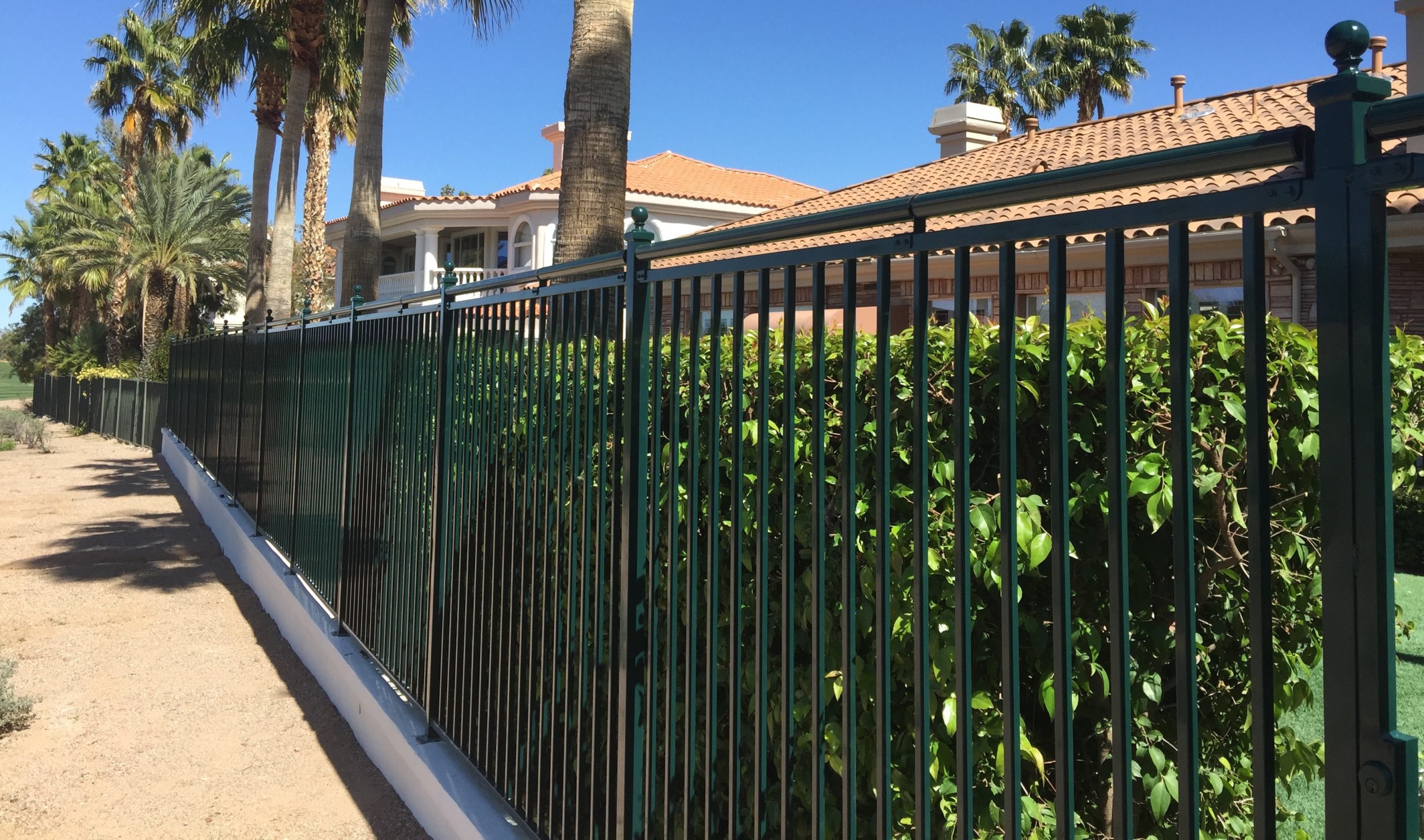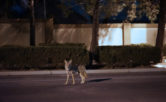
4 Signs You Have Coyotes Crossing Your Property (And What You Can Do About It)
When you live in and around Las Vegas, it’s a common sight: a coyote is prowling the neighborhood. They’re so common in Nevada that the state has stopped counting. They seek out highly populated areas for easy food opportunities and some adventure.
Unfortunately, that ‘adventure’ doesn’t tend to end well for homeowners in this area. Reports of dead pets are commonplace on the local news, and the general threat of coming face-to-face with this predator is not to be underestimated. Even if they only destroy your garden, the incentive to protect your property remains.
Fortunately, you’re not helpless. You have a number of choices to make sure they don’t bother your family or pets in the future. But first, find out whether you need to take action with these 4 ways to determine if coyotes are crossing your property.
1) The Noises at Night (and Sometimes During the Day)
Yes, coyotes are noisy. Coyotes howl in groups specifically to tell other groups that their territory is occupied. The same noise also helps them bond, and it might simply feel good. When you hear the howling nearby and continuously, your property is probably part of a coyote territory.
In that case, you might also hear some other noises, from barks to small, dog-like whines. But it’s the howl that tends to stand out. For reasons unknown, it occurs especially often in response to fire sirens.
2) The Scats (A Nice Word for Feces)
When coyotes cross your property, they tend to leave behind gifts that are less than pleasant. Other animals do as well, but you can use feces on your ground to determine whether a wild animal of this family has stopped by recently.
Unlike dog scat, which is soft from store-bought food, a coyote’s feces are typically filled with the hair and bones of their food. They tend to be shaped more like ropes. Coyotes use their scat to communicate territory boundaries, so one discovery likely means that more are on the way.
3) The Tracks (Similar, but Not Identical to Dogs)
Especially in muddy conditions, but even in the dry Nevada sand, you might be able to identify coyote tracks. If you have a dog, or one regularly visits your yard, it can be difficult to distinguish what tracks belong to their wild cousins. A few tips can help you make that distinction.
First, coyote strides tend to be longer than those of dogs. They also travel in more straight lines, with a specific goal in mind rather than just checking out the property. Finally, only the front paws have claws, further signifying them as unique compared to their domestic cousins.
4) Dead Animals (They’re Food, Not Friends)
Finally, a sure sign of coyote presence on your property tends to be the food leftovers they leave behind. After all, coyotes tend to be hungry, and desperate for food especially in urban areas. They don’t always eat the entire animal, and what they leave behind can be instructive.
You might begin to find rat or rabbit carcasses on your property. Domestic goats and sheep also tend to be easy prey. The key here, once again, is frequency: while one dead rabbit might not mean much, a number of occurrences over time are more likely to point to a coyote presence.
How to Avoid the Coyote Problem on Your Property
When you begin to discover the above signs, the problems start to come into the door. Now, you have to worry about the safety of your pets as well as the garden you might be trying to grow. No fruits or vegetables are off limits. That means thinking through the various ways in which you can keep the local coyote population from crossing through your property.
You likely want to stay away from poison or other inhumane options, like waiting in your yard with a shotgun. Especially in urban and suburban neighborhoods, the risks of collateral damage is just too high to take. That means your options are limited, but not eliminated.
Most experts will recommend taking away the coyote’s food source. After all, that is the most likely reason it crosses your property to begin with. Avoid any pet food outside, and secure your trash cans to make sure that they cannot access them. Reducing the possibility for rodents (a popular coyote meal) falls into this category, but don’t get a cat – they’re at risk of being attacked themselves.
Focusing on only taking away the food source, though, won’t completely remove the risk of coyote crossing. It also doesn’t protect any garden or plans that you might be looking to plant or maintain to improve the property itself. That’s where fencing comes into the equation.
Increasingly, Las Vegas home owners are realizing that fencing might be their only humane, sustainable solution to this problem. And that in itself represents an issue: coyotes can jump and cline, and can easily clear a fence that’s anything less than five feet tall. That, in turn, significantly decreases visibility and curb appeal.
Coyote Rollers: Your Best Choice Against Coyote Crossings
Fortunately, there’s another option worth considering for any home or property owner in this area. Coyote rollers are iron bars that sit on top of your wall or fence, and prevent coyotes from finding a foothold while trying to climb over it. That means rather than dealing with the wild animals in your yard, you can prevent them from getting there to begin with.
This solution really works. In fact, the Nevada Division of Wildlife has recommended coyote rollers as both a humane and effective way to keep coyotes from entering your yard. As an added bonus, they also keep stray animals and other wildlife, like racoons, away through the same technique.
Coyotes are an almost natural part of life in Nevada, but that doesn’t reduce their danger. If you live in this area, you have to make sure that you can protect your property against them. Coyote rollers can solve that problem without harming your curb appeal, keeping you and your family safe in the process.



